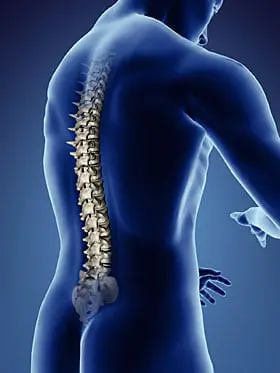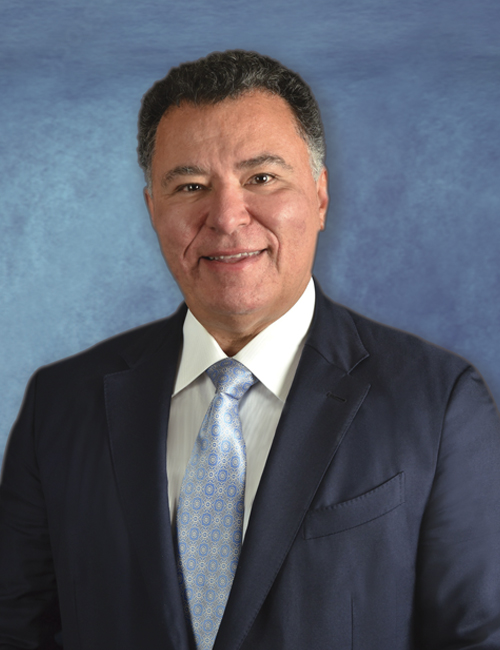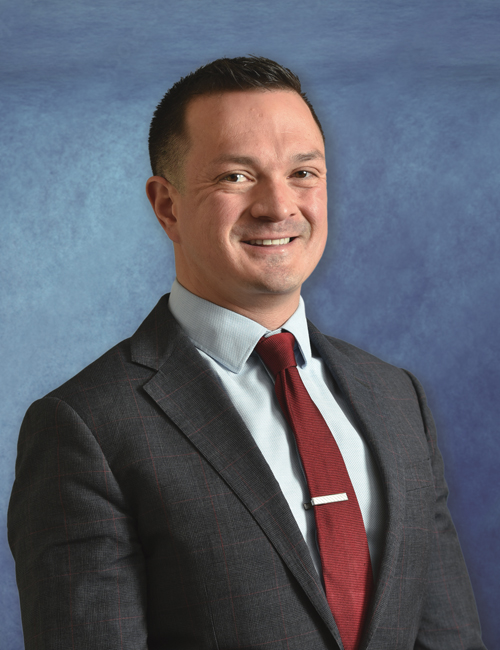ALEXANDRE B. DE MOURA, M.D., FAAOS
Cervical Lumbar Spine Specialist, Medical Director


Another form of spinal tumors is intradural-extramedullary, which means that it’s located within the dura, a membrane that surrounds the spine, but on the outside of the spine. They can develop from nerve roots or inside the dura and put pressure on the spinal cord as they grow.*
Here at NYSI, we have top specialists and surgeons who will create a comprehensive treatment plan for you based off of your symptoms and your tumors location and size.*
Here at NYSI we maintain a compassionate commitment to each and every patient, offering them advanced procedures from only the most respected medical professionals. You can feel confident when you put your care in our hands.*
With an entire staff full of accomplished and experienced doctors, specialists, and surgeons, we can provide you with treatment from industry leaders, led by our medical director Alexandre B. de Moura, M.D., FAAOS.*
In order to keep our patients health as our top priority we are proud to offer our medical expertise to those all around the world. We have multilingual staff members who can speak multiple languages.*

Cervical Lumbar Spine Specialist, Medical Director
It is hard to pinpoint the causes of most spinal cord tumors, they may develop in nerve roots or inside the surface of the dura and be the outcome of exposure to certain chemicals. In some cases, genetic disorders such as neurofibromatosis 2 and von Hippel-Lindau disease may play a role, along with other defective genes.*
This form of this spinal tumor can be the result of a metastasis, a cancerous tumor that has spread from another part of the body. In other cases they can be benign and may be one of the following types.*

Cervical, Lumbar, Adult & Pediatric Scoliosis and Spinal Deformity Specialist
For any spinal cord tumor, the diagnosis begins with a full physical exam and review of your family’s medical history, looking to see if any relevant genetic disorders are present. One of our professional doctors here at NYSI may go over a list of possible symptoms that are related with intradural-extramedullary tumors.*
Some symptoms that you may experience are*:
During your exam it is likely your doctor will conduct a neurological exam as well, this may include tests to detect*:
After one of our board-certified spine doctors conducts your exam they may require you to undergo one or multiple image tests, such as: X-rays, CT scans, or MRI’s (magnetic resonance imaging). These will help determine your tumors existence, size, and location among other specifics.*

Cervical, Lumbar, Adult & Pediatric Scoliosis and Spinal Deformity Specialist
We have a variety of possible treatment options depending on your intradural-extramedullary tumor and how fast it’s growing, its size, and the severity of your symptoms. Another determining factor when choosing treatment is whether or not your tumor is benign or malignant (cancerous). Even benign tumors can be risky because they threaten you neurologically by causing compression to the spine.*
Here at NYSI, we provide you with comprehensive care from your initial diagnosis up until your recovery. One of the following treatment options may be recommended to you by one of our doctors.*
*The effectiveness of diagnosis and treatment will vary by patient and condition. New York Spine Institute does not guarantee certain results.